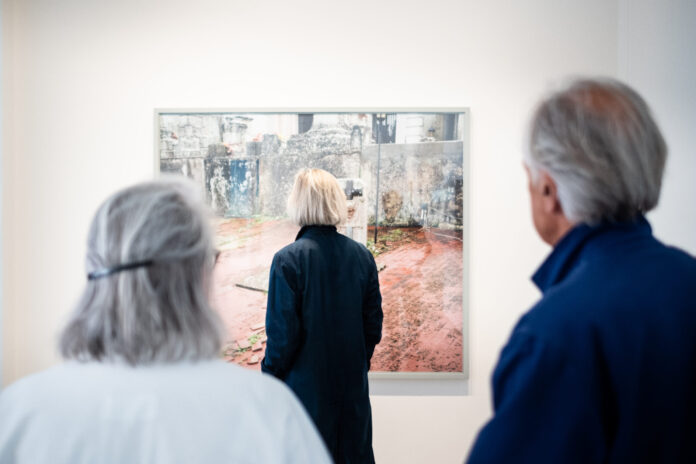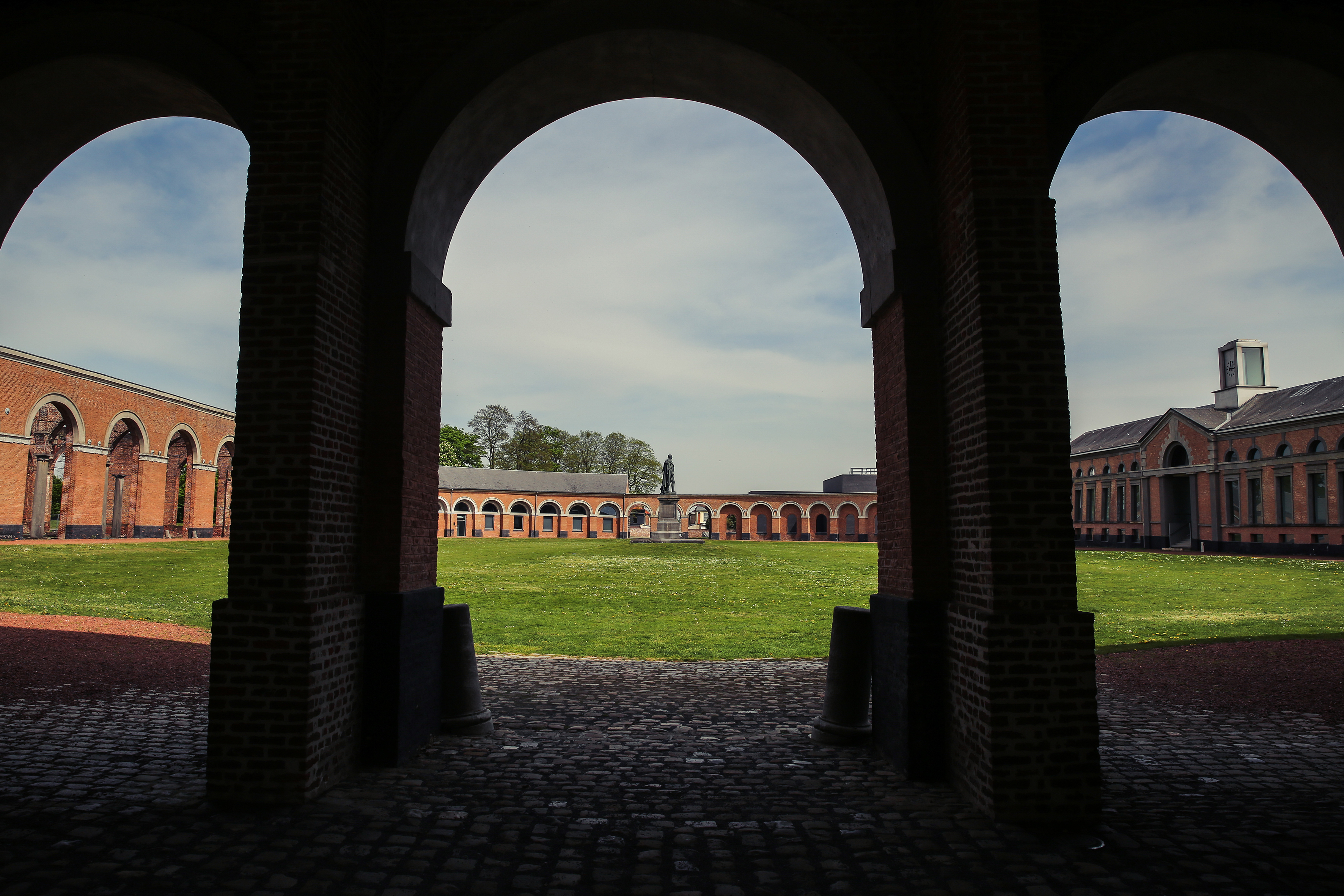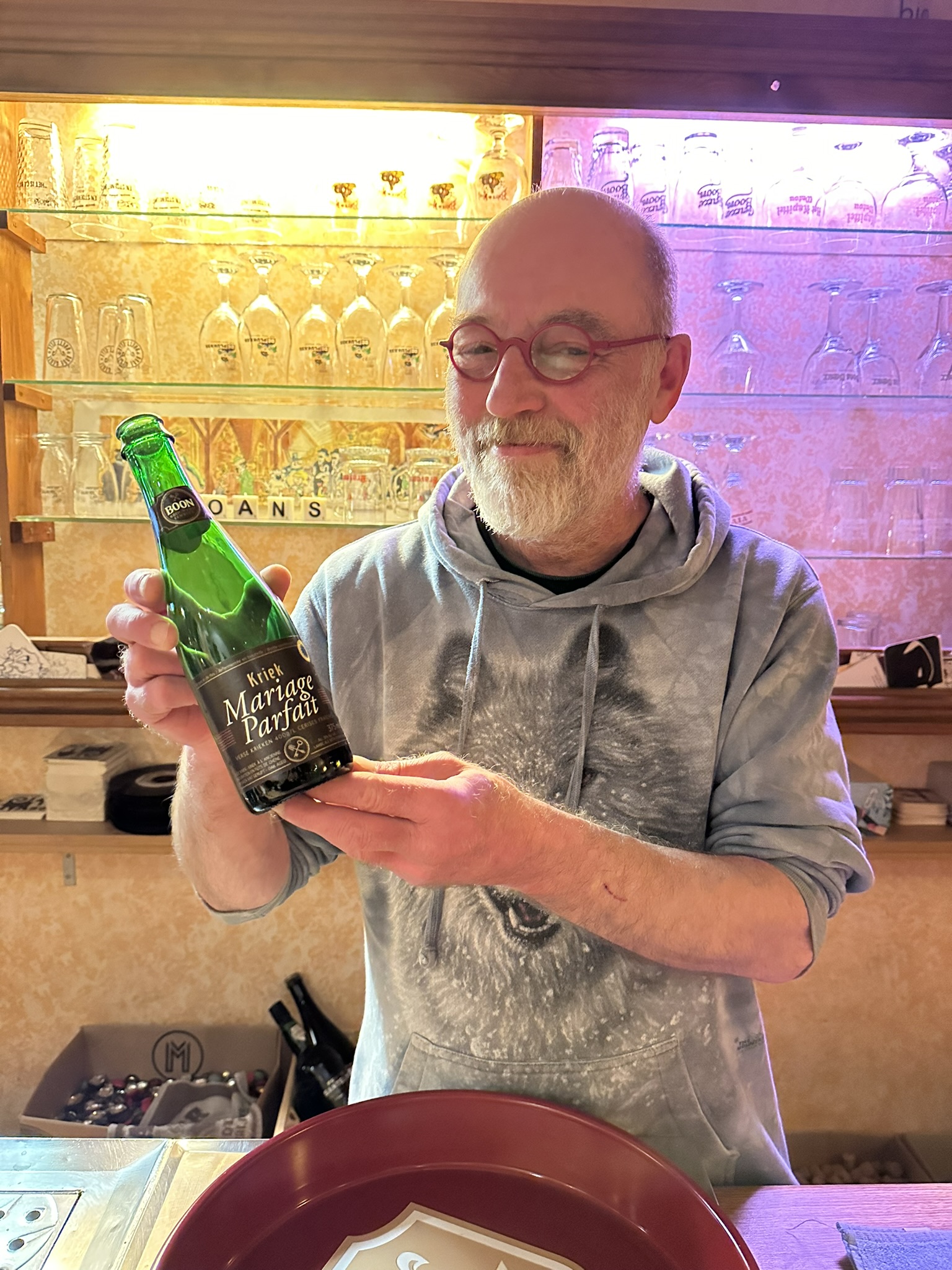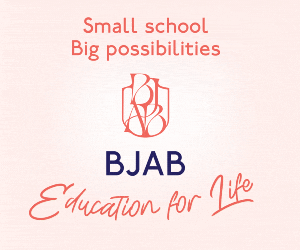Catherine Feore takes a look at art as an investment
It is estimated that the value of global art transactions was worth more than €60 billion in 2022. Art has a market, a value and is therefore an asset – maybe an unusual one, but nevertheless it can form part of your portfolio of investments.
Why invest in art?
Just as people often turn to gold in turbulent economic times as a hedge against inflation, art can be seen as an asset that can retain, or maybe even exceed its original value. The art market has witnessed an average annual growth rate of 5% over the past 50 years, outperforming other alternative investments. The usual provisos for all investments apply, value can go down as well as up. Owners may look at their art based more on the pleasure they derive from possessing it, but investing in art isn’t necessarily a choice between head and heart.
“Art can be seen as an asset that can retain, or maybe even exceed its original value”
To have a better understanding of art as an investment, Together met with Christine Mostert, Head of Art Advisory Services at Degroof Petercam. Mostert, who has over 30 years’ experience in the art market and art services, she is clear from the outset: “We do not offer what are described as ‘financial’ investments in art. We see art more as an investment with a financial value. Our approach is to assist our clients with all the questions they may encounter when they own, or when they wish to start a collection. From the moment of acquisition, the ‘life’ of a work of art faces many issues all the way to its handover.”
“It’s a very special type of investment, what we do is accompany those who want to invest in art and advise them on any art related questions they might have, from insurance to questions linked to estate planning. If they want to acquire art we can provide advice and objective information.”
“It’s a very special type of investment, what we do is accompany those who want to invest in art and advise them on any art related questions”
Degroof Petercam has a department dedicated to supporting their clients in the management of art. They have access to a full spectrum of specialists who can advise on everything, including valuation, authentication, restoration, conservation, storage, inventory, strategy and legacy planning. They have access to an excellent range of independent advice for their clients, with no conflict of interest.
When I asked if it was a risky investment, Mostert explained that you always have to be comfortable with the amount you are spending. As a rough guide, she said that the amount spent on art would not normally exceed 10% of someone’s personal wealth: “You also have to be comfortable that you are paying the right price. You may choose with your heart, but you need to buy with your head, that means finding an accurate and objective idea of value, this requires expertise.”
“You may choose with your heart, but you need to buy with your head, that means finding an accurate and objective idea of value”
Degroof Petercam art advisory experts have tools to look at auction prices and have access to a wide range of external experts and those with authoritative knowledge of their field, often with an in-depth knowledge of the supply and demand for different artists and particular works. The value of a work depends on many factors: authenticity, provenance, rarity, condition, format. “The prices at auction can give you a good idea,” say Mostert. “We go deeper and look at the value in the private market, with the advice of independent experts. Some auction houses may have someone who is specialized in a particular artist, for example Magritte.”
LET ME GO © Nina Robert, Brussels Gallery Weekend
Historically, art has shown the potential to preserve and even increase in value over time. There are major collectors like the late Paul G. Allen, co-founder of Microsoft, whose collection was auctioned by Christie’s last year for a total value of $1.5 billion; of course, it helps to reach eye-popping prices if your collection includes Van Gogh, Cézanne, Gauguin and Picasso. Works by more recent artists like Jean-Michel Basquiat and Jasper Johns were also sold for over €50 million in 2022.
Charles Saatchi revolutionized the art market with his support and celebration of young British artists (YBA), putting their art on display, most notably at the Sensation exhibition of 1997 and selling the works through Christie’s. Challenging and controversial artists like Tracey Emin, Damien Hirst and Marc Quinn received the full glare of publicity and haven’t looked back since. Nikolaos Antoniou, who features in our ‘What’s On Belgium’ section has also attracted the attention of this voracious collector.
To discover up-and-coming artists there is a great selection of galleries in Brussels. During ‘Brussels Gallery Weekend’ 45 galleries throw open their doors offering talks, guided routes and activities for all the family. It’s a great introduction to contemporary art and will hopefully inspire people to visit these galleries throughout the year. Galleries are the places where you can often find the most cutting-edge artists.
Tape Machine 3 © Lucian Moriyama, Brussels Gallery Weekend
I asked if there was a lot of interest in art as an investment in Belgium. “Belgium is known for its density of collectors,” says Mostert. “There is a real culture of art collecting in our country. But very rarely is it a purely financial investment. Many collectors are entrepreneurs, and their interest in contemporary art brings both emotional and intellectual pleasure. It’s a good fit with the entrepreneurial spirit: the novelty, the challenge, the connection to a changing world that needs to be understood.” Mostert points to the range of contemporary art centres in Belgium, mentioning WIELS (www.wiels.org), CC Strombeek (www.ccstrombeek.be), SMAK in Gent (www.smak.be) and The Museum Dhondt-Dhaenens in Sint Martens Latem (www.museumdd.be).
Degroof Petercam can also help clients with succession planning for their art, whether that be to bequeath works to a family member, or to a museum, or charitable foundation. Art is an investment unlike any other and requires special advice.
One of the Belgian collectors Mostert mentions is Patric Tuytens, so Together decided to dive deeper.
Meet the collector
You won’t find Patric Tuytens sipping champagne at a gallery opening, he won’t be avidly following the latest shortlist for the Turner Prize and he certainly won’t be looking at his collection with a calculator at his side, pondering its resale value; that’s just not who he is. That said, Patric Tuytens is an entrepreneur, and in some senses this goes to the heart of his collecting philosophy – though he would vigorously deny that he has one: “I’m not tied to one particular movement or approach. I like to support young artists, often they have installations, working with video and sculpture; I like artists who think outside the box, for me it’s an impulse.”
“Patric Tuytens is an entrepreneur, and in some senses this goes to the heart of his collecting philosophy”
Patric’s parents Albert and Marie-Henriette – but who everyone knew as ‘Pico’, started collecting contemporary works of art and so Patric grew up surrounded by art and by people who cared a great deal about it. Albert put some of the works on display in the textile company he founded; he wanted to share the art with a wider audience. In his words: “Even if the staff don’t like art, they’ve seen it anyway.”
“Art is part of my life. I go to galleries, but I don’t like openings”
“Art is part of my life. I go to galleries, but I don’t like openings,” says Tuytens. For him, art collecting is a passion and a hobby. When he travels for work, or pleasure, he will always visit the local galleries. Recently, he was at a wedding in Greece and took the opportunity to visit galleries there. The passion is shared with his wife Françoise: “When we visit a gallery my wife and I go separately, at the end we compare notes on what we did and didn’t like.” Patric’s daughter Marie has also got the bug, she trained at the Royal Academy of Fine Arts in Antwerp and based her thesis on her grandparents’ collection.
Patric and Marie Tuytens in MErode, Ronse © Mahira Benizem
MErode
Of course having a lot of art creates a dilemma. Where do you put it all? The Tuytens were running out of room and started to look for a space that was light and spacious. A former textile company in the heart of Ronse on Mérodestraat presented the perfect location. The capitalized ME is a way of emphasizing that this is the place for Patric’s art. It is possible to organise group visits to this really rather special collection, which is described as: “A personal, idiosyncratic, mainly Belgian-tinted collection, consisting of both established artist and young artists.”
Marie says that her father always says to visitors that they are not trying to convince people of what is a beautiful, or of what a ‘good’ work of art is: “We just want people to approach the collection with an open mind.”
MErode, Ronse photographer Kim Langie
His most recent acquisition, “The floor is yours until it’s mine” by the artist collective Schscht, is made up of Koosje Schmeddes (NL) and Dirk Schellekens (B), based in Antwerp. The piece shows a domestic Persian rug suddenly changed by adding handrails from a swimming pool. “I immediately liked it,” says Patric, “without knowing the thoughts of the artists. Afterwards, I learned that it is about how a Persian rug was really once the most prized possession of a home and how that has evolved in a global era when you are more likely to want a swimming pool.” The artists say that the work poses the open question of what replaces the old? How does evolution take place? Which things are kept, which are modified or added?
The Floor is Your’s Until It’s Mine © Schschst
Having set out to write an article on the value of investing in art, I am in a sense stumped. Patric Tuytens does not see art as an investment per se. When I ask about the legacy of his collection he is flippant: “If I pass away and my children don’t like my art they can sell everything, or throw it away.”
“Great artists and successful entrepreneurs require courage and imagination”
However, I am determined to turn this into an investment story! It’s in the finance section after all. So, I would have to argue – indeed, I’ve little choice – that Tuytens collection is an investment, it’s an investment in his very way of thinking; his openness to being challenged, to looking at the world in a different way. Entrepreneurs take risks; you have to be ready to shake things up and turn things upside down. You don’t have full control of global politics, or when the next pandemic is going to occur, or any number of other “variables”. However, a successful entrepreneur knows that one way to guarantee failure is to stay locked in a mindset that says, “but this is the way we’ve always done it”. If you want your business to grow, you have to push boundaries, think in novel ways about how you do business, innovate and occasionally stick your neck out. Great artists and successful entrepreneurs require courage and imagination, the connection is not accidental. Can a monetary value be placed on a way of thinking? Probably not, but it does have a value.
For more information on how to visit the Tuytens collection go to: www.meroderonse.be









